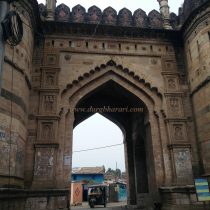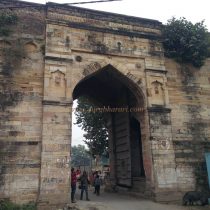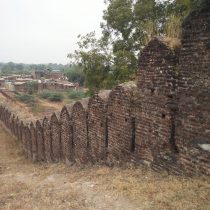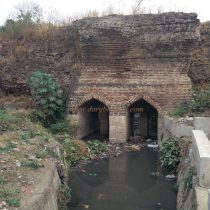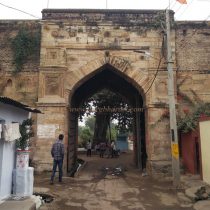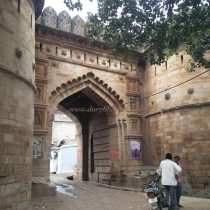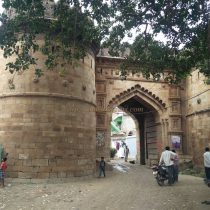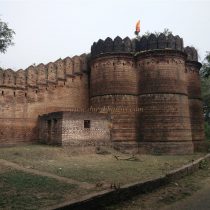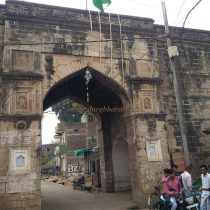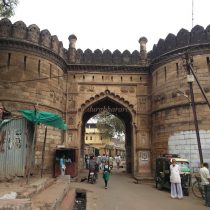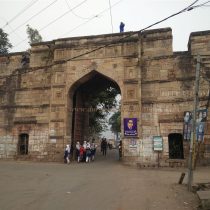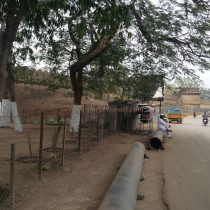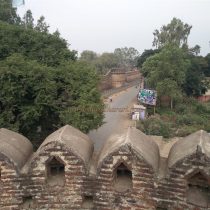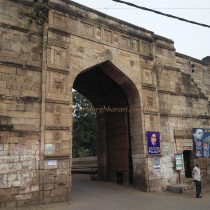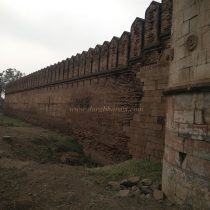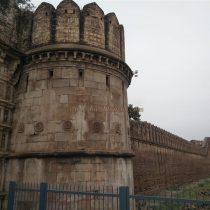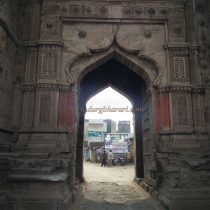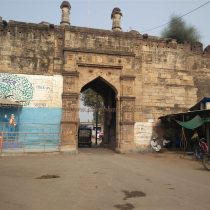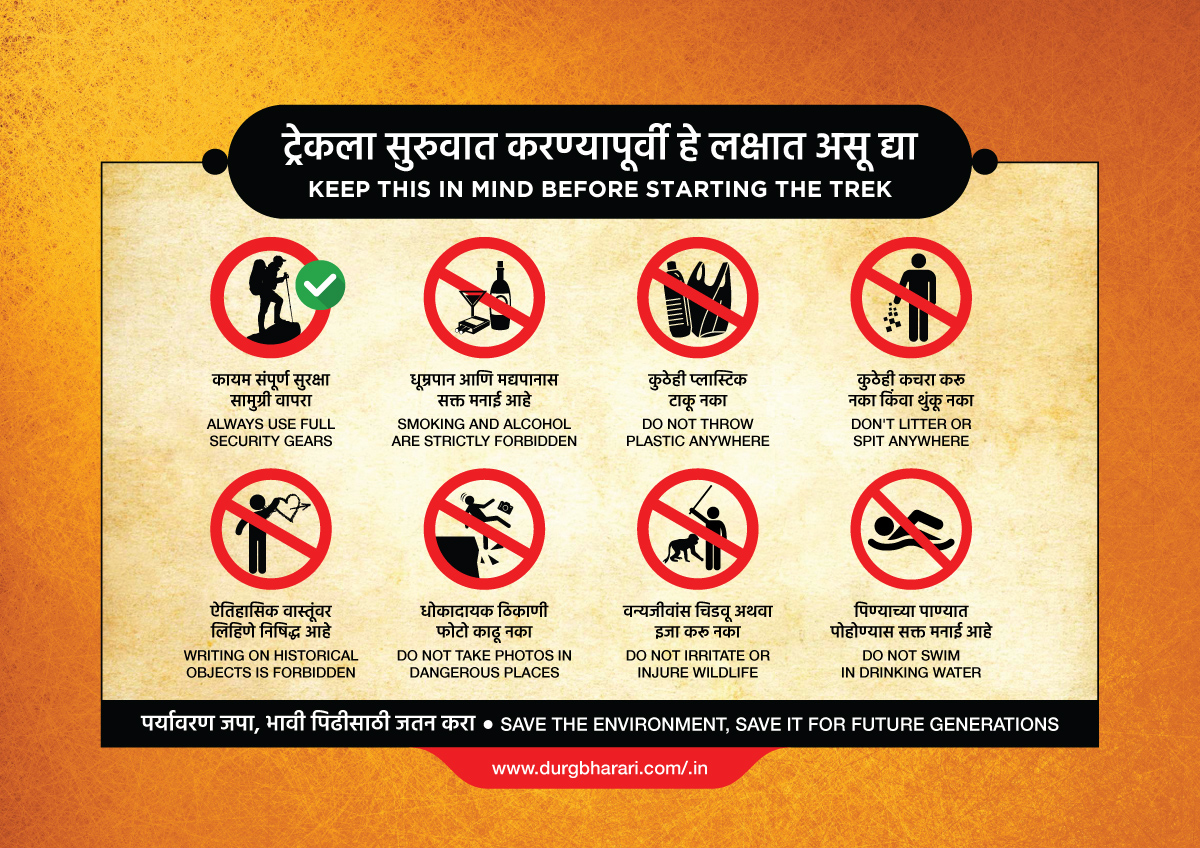ACHALPUR
TYPE : NAGARKOT
DISTRICT : AMRAVATI
Achalpur is an important town in the Amravati district situated on the border of Madhya Pradesh. It is said about this city that the history of Varhad cannot be complete without Achalpur. The city was founded by the Jain king Ill and it got his name Elitchpur and over time it became Achalpur. The city, which was the capital of the district for some time, was situated within a ground fort on the banks of the Bichchan River and was an important place in Varhad during the medieval period. Buildings that bear witness to the glory of the medieval era can still be seen scattered in this city. Achalpur Fort is located on the Amravati Burhanpur route at a distance of 50 km from Amravati and a distance of 4 km from Paratwada city. The entrance to Achalpur city is through the gate of this fort. Even today, in this city surrounded by strong walls, its beautiful architecture is neglected.
...
The strong fortifications around the city, its bastions, and the six high gates decorated with carvings are the glory of the city even today. These buildings unknowingly take us back to the medieval period. All the Persian inscriptions on these doors give information about the door but the combined reading of these inscriptions is nowhere to be found. These doors are known by the names Dulha Darwaza, khidki Darwaza, Jeevanpura Darwaza, Malipura Darwaza, Bundelpura Darwaza, and Hirapura Darwaza. Built 300 years ago, the Dulha Darwaza has an inscription engraved on the door stating that it was built by Ismail Khan. The name of this door is Dulha Darwaza as the path of this door leads to the Dargah of Dulha Rahman. The fortification outside the city has an inscription carved on a gate stating that it was built by Sultan Khan's son Nawab Ismail Khan. While walking around the fort, one can see sewage channels under the ramparts at some places and water channels coming into the fort at some places. During the Bahamani period, water was supplied to seven places in the city by the muddy tap, after building a dam on the Bichchan river. Although this system, known as Satabhulki, has been closed down, its ruins and tanks can still be seen. There are more than 35 puras (small towns) in the name of Nawabs in Achalpur city and they are known by the names of the Nawabs who built them. Samaras Khan built it in the year (1724) Samaraspura, Sultan Khan built it in the year (1727) Sultanpura, Anwarpura, Namdarganj, Nasibpura, Abbaspura after the name of Salabatkhan's Begum. Bebaha Bagh outside the village has the tomb of Ismail Khan and many other small and big tombs. Beautifully carved buildings, latticed windows, and arched doors, these buildings are now deserted. Two km from the village, Hauz Katora, a hexagonal building can be seen in the distance. A three-storied building 80 feet high was erected in a roughly 300-foot circular lake. The lower two floors of this building are of stone construction and the third floor is made of bricks. Since all the gates and structures of the fort are scattered in many places in the city, the best option is to take a local rickshaw to roam around the fort. It takes about three to four hours to see the entire fort and Hauz Katora and Bebaha Bagh outside the village. In this whole trek, we get to see 30-35 inscriptions. The town of Elichpur, founded by the Jain Ill Raja, fell to Muhammad Tughlaq along with the forts of Narnala and Gavilgad in 1347 AD after the Yadavas of Devagiri. An inscription is found here that Imad-ul-Mulk, the nephew and son-in-law of Muhammad Tughlaq, built the Idgah in 1347 when he was the governor of Warhad and Khandesh. During this period, it is mentioned in the book Gulshane Ibrahimi that he was looking after the administration of this area from Elichpur. After the rise of Bahmani power in AD 1347, in AD 1399 after the war between Feroze Shah Bahmani and Narsingrai, king of Khedla, there is a record that Narsingrai, who had surrendered, stopped at Achalpur to meet Feroz Shah. A building outside the village, Hauzkatora, was built by Ahmad Shah Bahamani. During the Bahamani era, water was supplied to the city through the Khapri tap after building a dam on the Bichchan River. The importance of Achalpur decreased to some extent as the administration of Warhad was managed from the forts of Gavilgarh and Narnala from AD 1490 to AD 1574 during the Imad Shahi, which was formed by breaking up the Bahamani kingdom. After the decline of Imadshahi in 1574 Warhad province joined the Nizamshahi and after Akbar's accession in AD 1598 Warhad province was annexed to Mughal Empire and Abul fazal became the Chief of Warhad. There are many references to the Elitchpur fort in the old Mughal manuscripts. According to a record dated April 2, 1694, Elitchpur was a place of government logistics. During the reign of Aurangzeb, Nawab Alivardi Khan built the grand Jumma Masjid with 108 pillars and a height of 15 meters. The existing fortifications outside the city were built by Sultan Khan's son, Nawab Ismail Khan. Nababa's Mahal was built by Bahilol Khan and Salabat Khan. Imamwada and Bebaha Bagh were built during the reign of Ghulam Hussain Khan. There is a tomb of Ismail Khan at this place. During the Mughal period, the Marathas made many raids to capture this place. In AD 1698 Marathas conquered Varhad province. According to a bulletin dated 11 May 1703, the Maratha army marched on Ellichpur, the capital of Warhad, and made demands from Sarandaz Khan, the Mughal viceroy. After this, Shahu Maharaj gave the reigns of Varhad province to Parsoji Bhosale Amravatikar. From 1744 to 1750, the area was under the control of the Nizams but Mudhoji, son of Raghujiraja Bhosale of Nagpur, later captured Elitchpur. Mudhoji Bhosale constructed the temples of Balaji, Sri Ram, and the tomb of Sufi saint Shah Ismail Khan. After the war between Nagpurkar Bhosle and the British in 1803, Achalpur was taken over by the British.
© Suresh Nimbalkar


